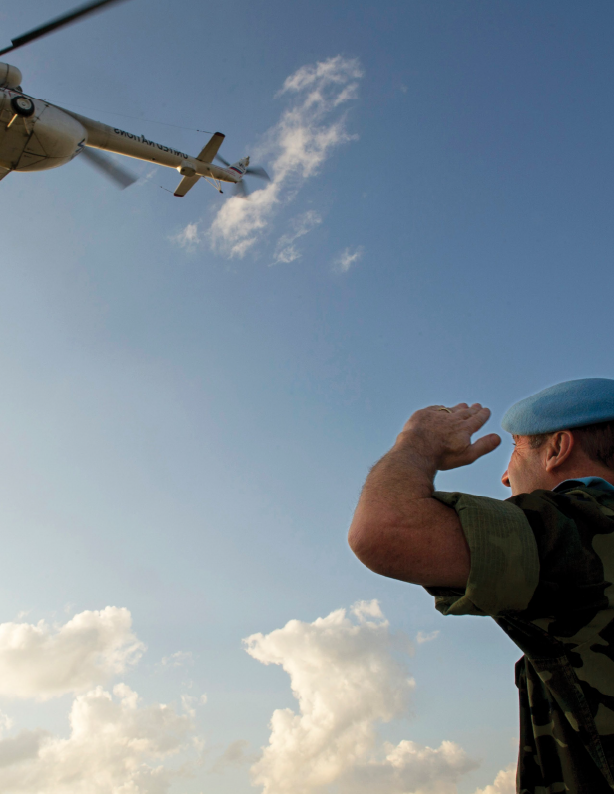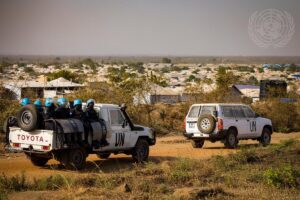The 2018 Action for Peacekeeping Declaration (A4P) commits UN peace operations to pursue political objectives based on integrated strategies and solutions. This emphasis on political solutions echoes the widely-accepted mantra of the High-Level Independent Panel on Peace Operations (HIPPO), which proposed that peace operations undergo a fundamental shift towards the primacy of politics. While there is broad agreement on the need to place political outcomes at the centre of peacekeeping, there is little consensus on what “politics” means in practice. This is in part because political engagement is by nature elusive and often opaque, done behind closed doors or within a constellation of other actors. Lacking a common understanding, the UN and its partners have tended to accept the notion of political primacy without interrogating what it means in practice. As a result, the ways in which the UN develops and implements politically-led strategies are poorly understood.
This report was supported by the Government of the Netherlands, developed in consultation with the UN Department of Peace Operations (DPO), and refined during an expert roundtable event in June 2020. It examines the political practice of peacekeeping, the ways in which missions, the UN Secretariat and the Security Council work to articulate mandated political objectives at a strategic level. Drawing on the internal strategies of peace operations, interviews with senior UN officials involved in peacekeeping, and in-country research of the authors, the paper compares the practices of the five major peacekeeping missions today (the United Nations Organization Stabilization Mission in the Democratic Republic of the Congo – MONUSCO; the United Nations Multidimensional Integrated Stabilization Mission in the Central African Republic – MINUSCA; the United Nations Mission in South Sudan – UNMISS; the United Nations Multidimensional Integrated Stabilization Mission in Mali – MINUSMA; and the United Nations-African Union Mission in Darfur – UNAMID). It describes how strategies have been developed amongst the Security Council, the UN Secretariat, and mission leaders. On this basis, it offers evidence-based recommendations for improved mandating by the Council, more effective strategy development by UN Headquarters and missions, and greater impact in the implementation of peacekeeping mandates in the field.




